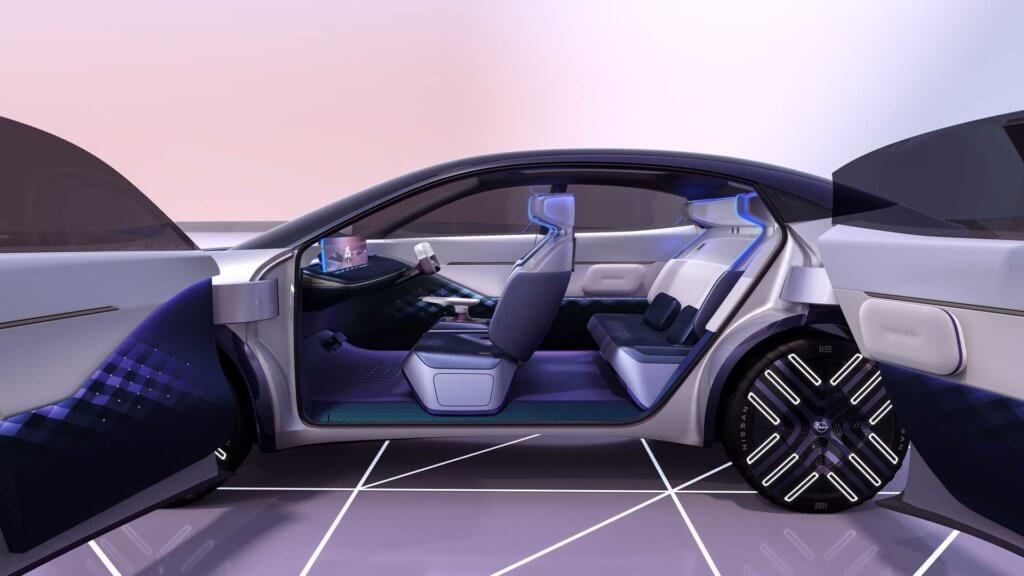
Just like the car industry, the world of automotive fasteners is also rapidly changing and reinventing itself as we speak. Since the two industries are so intervened, they are driven by the same principles and affected by the same circumstances and have the same future. At the moment, we are in the midst of a global shift in perception of individual transport as well as the technology behind it. Also, the most important questions at the moment are the exact directions in which the car and automotive fasteners industry is heading and how we can prepare for the future. Here’s Auto-Fasteners predictions on what the future trends for automotive fasteners are over the next five years.
New Patents
The industry has significantly advanced from simple nuts, bolts, and rivets decades ago and is in constant evolution with new shapes and patents. This trend will undoubtedly continue with innovative patents and designs better suited for modern production methods, components and vehicles. We can already notice that engineers introduce new concepts designed to be more durable and tougher than existing ones. The fastener of the future needs to be simple to use but much more dependable, more robust and versatile.
Eco-Friendly Materials
The development of materials of automotive fasteners goes in two main directions. One is new and improved types of plastic or metal alloy which will be stronger but lighter than before. The other is recyclable or reusable materials that will not pollute the environment. Suppose you know that the average car has over 30,000 various fasteners, and most of them are plastic. In that case, you can understand that recycling is a reasonable concern, not just for fastener manufacturers but for auto makers as well.
Rise Of Permanent Fasteners
With the increase in electric vehicle production, there will be a significant shift in the types of fasteners that are needed. First of all, car manufacturers will be looking for more permanent fasteners designed not to be removed and hold the component indefinitely. This will happen because electric vehicles’ future service procedures are much different from those of internal combustion vehicles. In most electric vehicles, the electric motor assembly is not designed to be removed or repaired, and it is permanently fixed to the car’s chassis. Companies need sturdy and permanent fasteners to secure those elements, which are rarely used in ICE applications. The main things designed to be changed and removed in modern electric cars are the suspension components and battery assembly.
Versatility
Following the modern concepts of production and dividing fasteners on permanent and reusable, we can expect that the latter category will be engineered towards ultimate versatility. This means that there will be no specific fasteners for interior panels or exterior trim pieces. The fasteners will be even more universal and designed towards versatility and usability as their main imperatives. Of course, having one fastener for all purposes is impossible, but having one that can do many things is, and the industry is slowly moving towards this. We can expect that the same design will be delivered in various sizes depending on the use.
Bigger Differences Between OEM and Aftermarket
At the moment, differences between OEM and aftermarket fasteners are not significant in terms of quality and design. However, we can expect that those two markets could be differentiated entirely in the next five years. With the rise of electric vehicles, changes in the production process and needs for different fasteners and components, the aftermarket is left with additional requirements. It means that the aftermarket users will still need the current products for service and modification purposes but not the more modern fasteners designed to use the vehicles of the future.